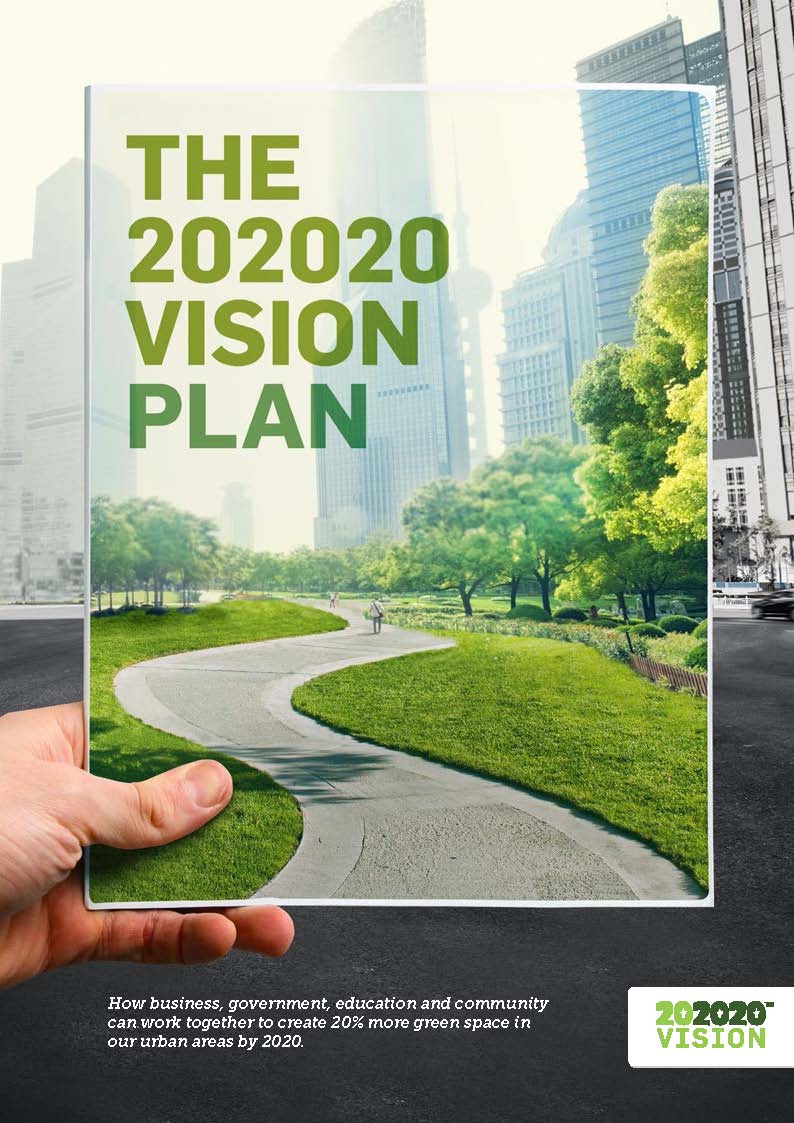Australian research shows that neighbourhood greenery has a positive influence on the value of a property
Improved Neighbourhoods Generate Higher Property Prices
“A 2013 report from Melbourne property research and buyers’ advocacy firm Secret Agent found that property next to park land showed stronger sales prices. Property with direct park land views as well as close proximity, out-performed most other properties in a given suburb, even those that enjoy proximity without a view,” wrote James Dunn, finance journalist, in an article published by The Australian Financial Review Magazine in February 2016.
 James Dunn writes for The Australian; the Australian Financial Review; Asia Asset Management, The Institutional Real Estate Letter – Asia-Pacific, Public Accountant and Centred Investor magazines; and the online newsletters The Switzer Super Report, the Eureka Report, unconventional-wisdom.com.au, thebull.com.au and ShareCafe.com.au; and is a regular finance commentator on Australian radio and television.
James Dunn writes for The Australian; the Australian Financial Review; Asia Asset Management, The Institutional Real Estate Letter – Asia-Pacific, Public Accountant and Centred Investor magazines; and the online newsletters The Switzer Super Report, the Eureka Report, unconventional-wisdom.com.au, thebull.com.au and ShareCafe.com.au; and is a regular finance commentator on Australian radio and television.
To Learn More:
To download and read an article by James Dunn that was published in The Australian Financial Review Magazine, click on Neighbourhood greenery has a positive influence on the value of a property
Green to Gold Calculator
“Planning and investment strategies for green infrastructure will benefit from the introduction of the Green to Gold Calculator, a tool that can be used to predict in monetary terms the positive influence of green space,” reports James Dunn.
“The Green to Gold Calculator aims to work collaboratively with key stakeholders in the property marketing industry to bring together data such as real estate sales, prices and trends, and then draw correlations between this data and the existing data on streetscape urban tree canopy coverage.”
The Green To Gold Calculator solution is part of the 202020 Vision, an initiative to grow Australia’s urban green space by 20 per cent by 2020. It has launched a national plan to help reach its goals.
About the 202020 Vision
The plan collates the knowledge of 500 greening experts from across business, government, academia and the community sector consulted during the initiative’s Growing The Seeds tour into a document that showcases “proven, scalable and replicable” solutions to greening the urban landscape.
 “The 202020 Plan shows if you get industry and government leaders together to share their collective wisdom they can create simple, impactful pathways to reversing the urban greening crisis – it truly is collaborative impact at it’s best,” Dr Anthony Kachenko, research and development team leader and portfolio manager at Horticulture Innovation Australia said.
“The 202020 Plan shows if you get industry and government leaders together to share their collective wisdom they can create simple, impactful pathways to reversing the urban greening crisis – it truly is collaborative impact at it’s best,” Dr Anthony Kachenko, research and development team leader and portfolio manager at Horticulture Innovation Australia said.
After consulting with stakeholders, 20 pathways were identified to reach the 2020 goal.
Solutions include a “green to gold calculator” to help make the business case for urban greening; a simple soil testing kit to help green space creators better understand their unique soil requirements; an online resource that showcases best practice design solutions that improve existing or produce more urban green space; and an aggregation of policy tweaks at a local, state, and federal level that members of the 202020 Vision community would like to be adapted and changed, or done better.
“Through the plan we now have the start of a compendium of urban greening strategies that is a must-read for every business, level of government and community group in Australia that is playing a role to see our cities become healthy, productive, thriving places that can mitigate the effects of climate change.” Dr Kachenko said.
Melbourne’s Urban Forest Strategy
One of the most often cited projects was the City of Melbourne’s Urban Forest Strategy, which will see the council increase canopy cover from 22 per cent to 40 per cent by 2040.
The 202020 Vision is now working to create a “White Label Urban Forest Strategy” for other local governments to utilise, with a step-by-step plan to replicate Melbourne’s success.
Dr Sheryn Pitman, who works on the Green Infrastructure and Sustainable Landscapes Project at the Botanic Gardens of South Australia, and who contributed to The 202020 Plan, said city planners, industry and governments were starting to understand the need to reimagine urban habitats.
“Each year more of us live closer together in large towns and cities and we are facing climatic and environmental pressures with growing alarm,” Dr Pitman said.
To Learn More:
The 202020 Vision was started in 2013 by Horticulture Innovation Australia Ltd, funded by the Nursery and Garden Industry Australia. To download a copy of The 202020 Plan, CLICK HERE.



